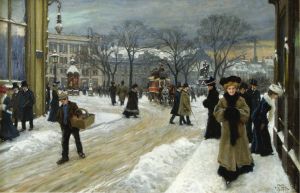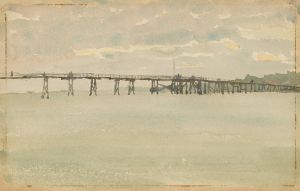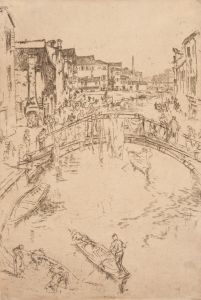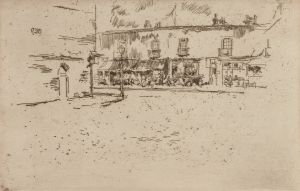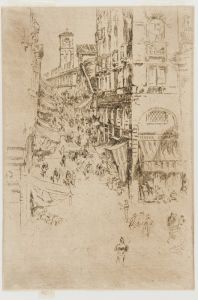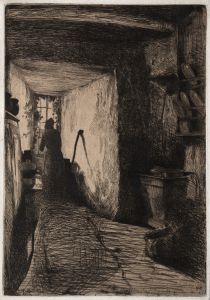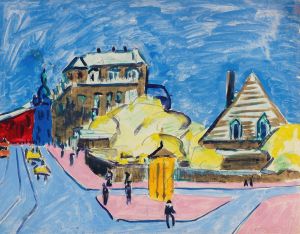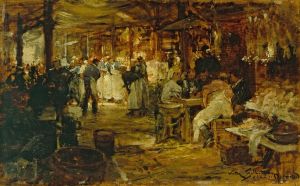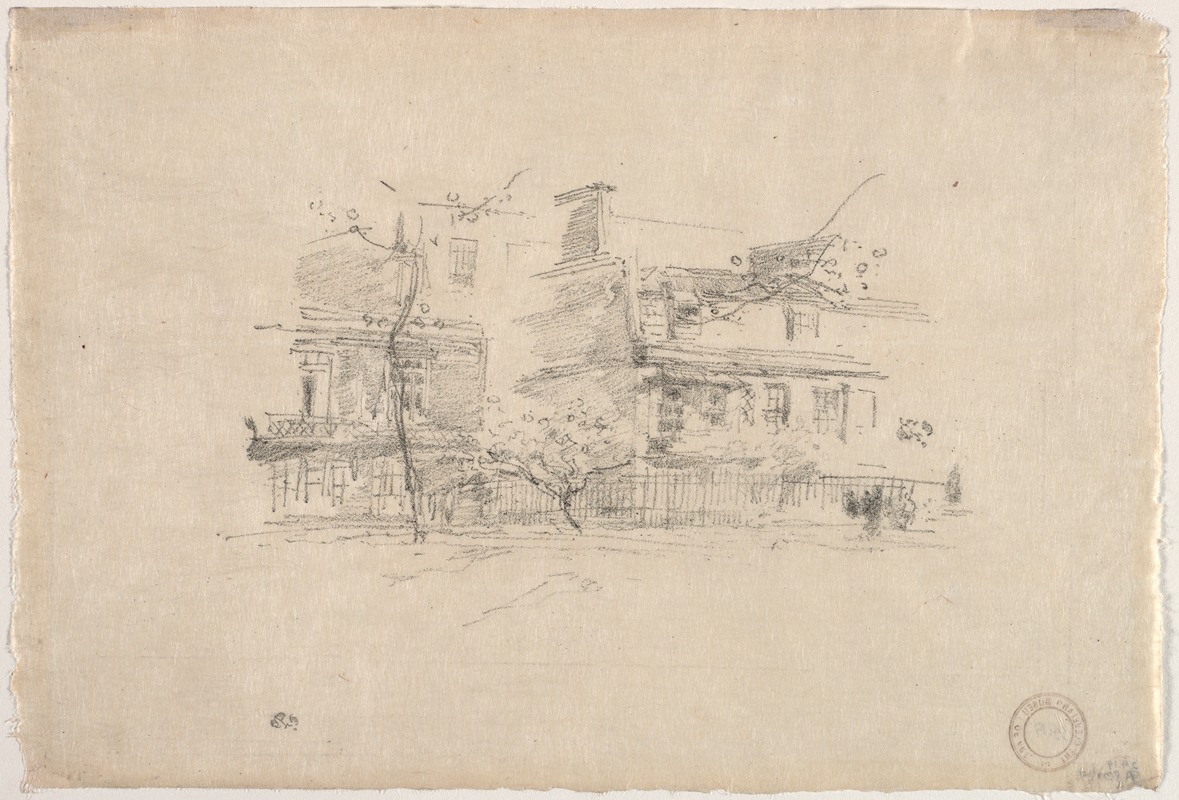
Lindsay Row, Chelsea
A hand-painted replica of James Abbott McNeill Whistler’s masterpiece Lindsay Row, Chelsea, meticulously crafted by professional artists to capture the true essence of the original. Each piece is created with museum-quality canvas and rare mineral pigments, carefully painted by experienced artists with delicate brushstrokes and rich, layered colors to perfectly recreate the texture of the original artwork. Unlike machine-printed reproductions, this hand-painted version brings the painting to life, infused with the artist’s emotions and skill in every stroke. Whether for personal collection or home decoration, it instantly elevates the artistic atmosphere of any space.
James Abbott McNeill Whistler was an American artist active during the late 19th century, known for his contributions to the Aesthetic Movement and his innovative approach to art. One of his works, "Lindsay Row, Chelsea," reflects his interest in capturing the atmospheric qualities of urban landscapes, a theme prevalent in his oeuvre.
Whistler was born in Lowell, Massachusetts, in 1834, and spent much of his early life in Europe. He eventually settled in London, where he became an influential figure in the art world. His work was characterized by a focus on mood and tone, often prioritizing these elements over detailed representation. Whistler's approach was influenced by his belief in "art for art's sake," a principle that emphasized the intrinsic value of art rather than its narrative or moral content.
"Lindsay Row, Chelsea" is one of Whistler's many depictions of the Chelsea area in London, where he lived for a significant portion of his life. Chelsea, during the 19th century, was a vibrant artistic hub, home to many writers, artists, and intellectuals. Whistler's choice of Chelsea as a subject reflects his deep connection to the area and its artistic community.
The painting captures the essence of Chelsea's riverside environment, focusing on the interplay of light and shadow, and the subtle variations in color that characterize the scene. Whistler's technique often involved the use of a limited color palette, which allowed him to explore the tonal relationships within the composition. This approach is evident in "Lindsay Row, Chelsea," where the muted tones create a harmonious and tranquil atmosphere.
Whistler's work was often compared to that of the Impressionists, although he maintained a distinct style. Unlike the Impressionists, who were primarily concerned with capturing the effects of light and color in a fleeting moment, Whistler's focus was on creating a sense of harmony and balance within the composition. His paintings often evoke a sense of stillness and contemplation, inviting the viewer to engage with the work on an emotional level.
Throughout his career, Whistler faced both acclaim and criticism. His innovative techniques and rejection of traditional artistic conventions sometimes put him at odds with the art establishment. However, his work was also celebrated for its beauty and originality, and he became a central figure in the Aesthetic Movement, which sought to elevate the importance of beauty and aesthetic experience in art.
"Lindsay Row, Chelsea" exemplifies Whistler's mastery of composition and his ability to convey mood through subtle variations in tone and color. The painting is a testament to his skill as an artist and his commitment to exploring the aesthetic possibilities of urban landscapes. Whistler's legacy continues to influence artists and art movements, and his work remains an important part of the art historical canon.
In summary, "Lindsay Row, Chelsea" by James Abbott McNeill Whistler is a significant work that captures the atmospheric qualities of the Chelsea area in London. Through his innovative approach to composition and color, Whistler created a painting that reflects his artistic philosophy and his deep connection to the urban environment.








